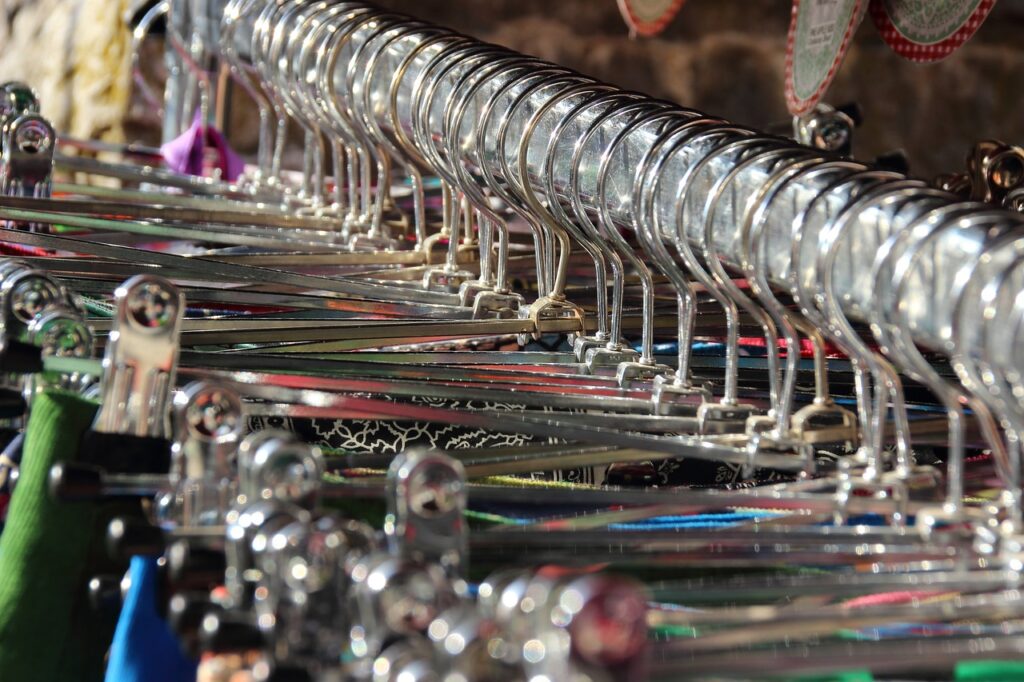Fashion trends are constantly evolving, but one trend that’s here to stay is sustainability. As consumers become more aware of the environmental and social impact of their clothing choices, sustainable fashion is gaining momentum. From eco-friendly materials to ethical production practices, the sustainable fashion movement offers a pathway to building a greener wardrobe without sacrificing style.
- Eco-Friendly Materials: A Growing Preference
One of the key trends in sustainable fashion is the increasing use of eco-friendly materials. From organic cotton and hemp to recycled polyester and Tencel, designers are embracing materials that have a lower environmental footprint. These materials not only reduce the reliance on harmful chemicals and pesticides but also promote biodiversity and soil health.
- Circular Fashion: Redefining the Lifecycle of Clothing
Circular fashion is another trend that’s gaining traction in the sustainable fashion landscape. Unlike the traditional linear model of “take, make, dispose,” circular fashion aims to close the loop by designing clothing with longevity in mind and encouraging reuse, repair, and recycling. This shift towards a circular economy reduces waste and conserves resources, leading to a more sustainable and efficient fashion industry.
- Transparency and Ethical Production
In an era of increasing transparency, consumers are demanding more accountability from fashion brands. Ethical production practices, such as fair wages, safe working conditions, and transparent supply chains, are becoming non-negotiables for conscious consumers. Brands that prioritize transparency and ethical production are not only building trust with consumers but also driving positive change within the industry.
- Slow Fashion Movement: Quality Over Quantity
The slow fashion movement advocates for a shift away from the fast-paced, disposable nature of the fashion industry towards a more mindful and sustainable approach. Instead of chasing trends and constantly buying new clothes, the slow fashion movement encourages consumers to invest in high-quality, timeless pieces that are made to last. By embracing slow fashion principles, consumers can reduce their environmental footprint and contribute to a more sustainable fashion industry.
- Upcycling and Creative Reuse
Upcycling, the process of repurposing old or discarded materials into new products, is gaining popularity as a sustainable fashion trend. Designers and brands are getting creative with their use of materials, transforming vintage fabrics, deadstock textiles, and even household items into unique and stylish clothing and accessories. Upcycling not only reduces waste but also adds a creative and individualistic touch to fashion.
Conclusion:
As the sustainable fashion movement continues to grow, so too do the opportunities for consumers to build a greener wardrobe. From embracing eco-friendly materials and circular fashion principles to prioritizing transparency and ethical production, there are countless ways to make more sustainable fashion choices. By staying informed and supporting brands that align with their values, consumers can play a crucial role in driving positive change within the fashion industry and towards a more sustainable future.
